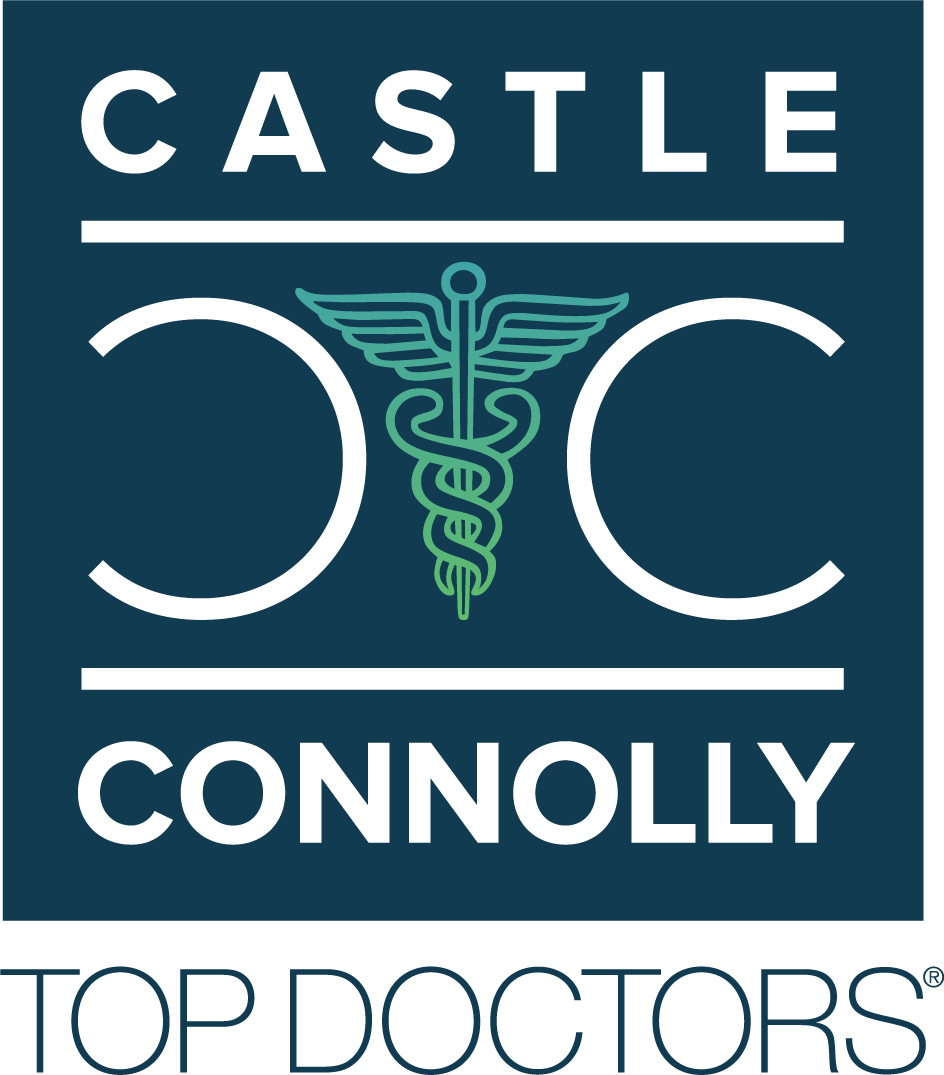
What are the Side Effects of Sclerotherapy?
After your first and subsequent treatments to eliminate spider veins and varicose veins, you may be instructed to wear gradient compression stockings to decrease any minor swelling you may experience and help your body’s healing process. Your doctor will provide you with detailed instructions on their correct placement, correct sizing to get the proper amount of pressure on your legs, and how long you’ll need to wear them.
Additional possible side effects that you might experience after sclerotherapy treatments include:
- Bruises at the injection site, which normally fade shortly after treatment.
- Red, raised and perhaps stinging areas of skin at the injection site, which disappear shortly after treatment.
- Itchiness in the treatment areas, which goes awayshortly after treatment.
- Spots or clusters of fine red blood vessels around the treated vein, and these marks also usually disappear shortly after treatment.
- In some cases, skin discoloration may occur along the treated vein and can take from 6 to 12 months to disappear fully.
- Lumps in the treated areas. This may be blood that gets trapped in the vein, causing inflammation. Check with your doctor if this side effect occurs, to be sure it fits within the range of expected, temporary side effects, and is not a symptom of a more serious side effect. . If medical care is needed, your doctor may decide to drain the trapped blood with a small pinprick at a follow-up visit.
- Scarring can occur in treated areas if the sclerosant is injected outside the vein – which is why it’s so important to have a qualified vein specialist conduct your procedures.
As with any injectable procedure, your doctor will discuss the more dangerous side effects and risks that you must be aware of. Rarely, an anaphylactic reaction to the medication may occur, with your medical team well-trained to treat that condition. And blood clots or deep vein damage may occur. Your doctor will discuss with you the steps you can take to minimize these dangerous risks, and the signs to look out for that call for emergency treatment.
Who shouldn’t have sclerotherapy? Pregnant or nursing women need to avoid this procedure, since injectable chemicals may cause birth defects or get into breast milk. Even though pregnancy is one of the leading causes of spider or varicose veins, always tell your doctor if you are pregnant or nursing so that a different treatment option may be considered, or better timing chosen for your vein solutions. Also tell your doctor if you have any allergies to sclerosant, or if you have blood clots or inflammation in your legs (deep vein thrombosis).




